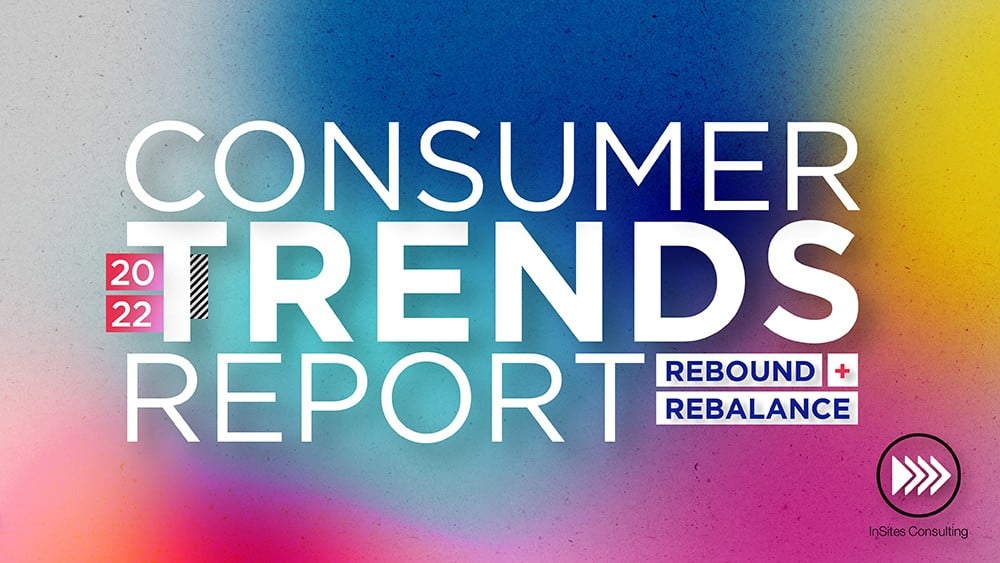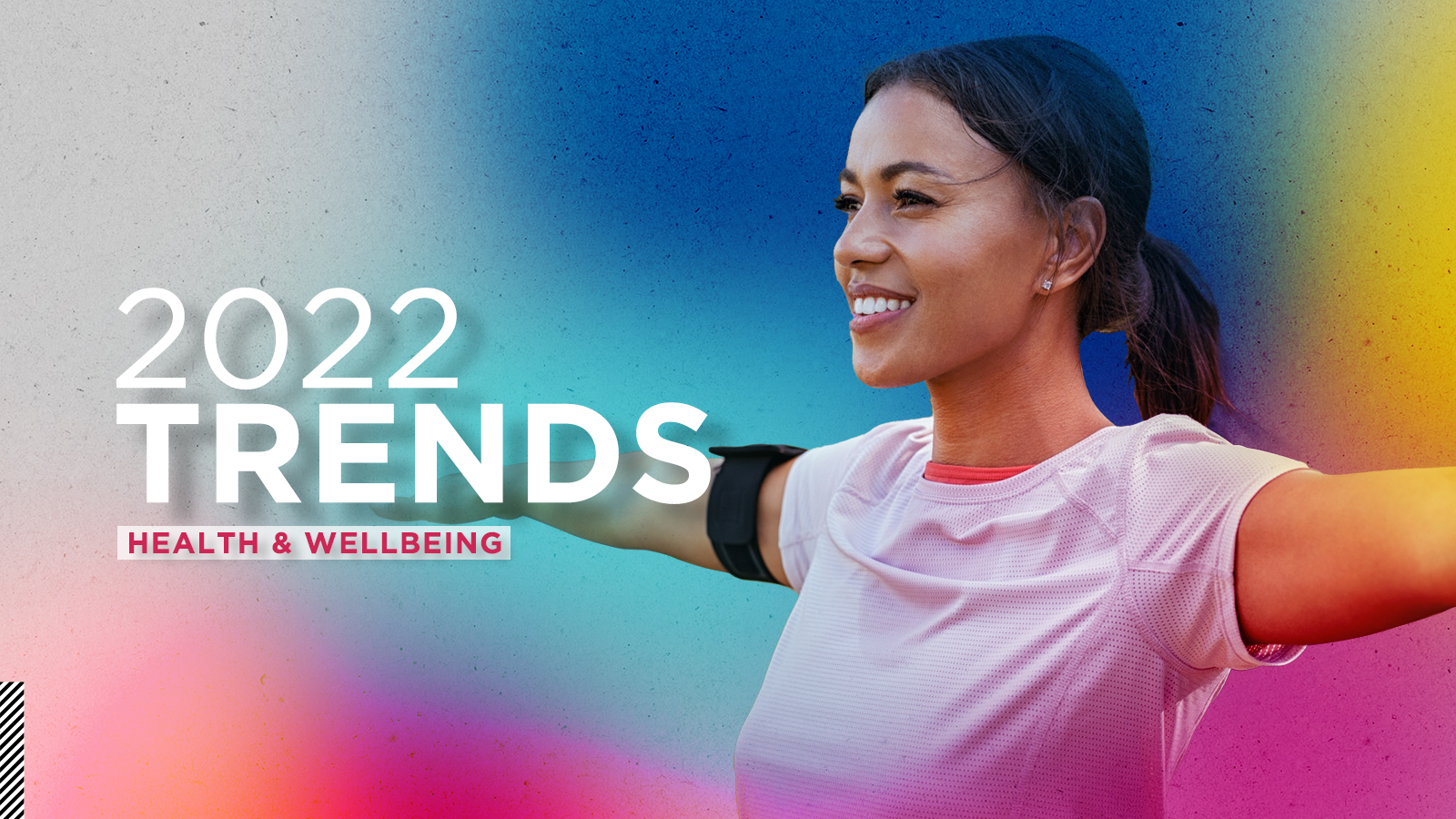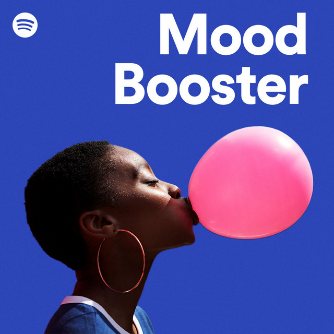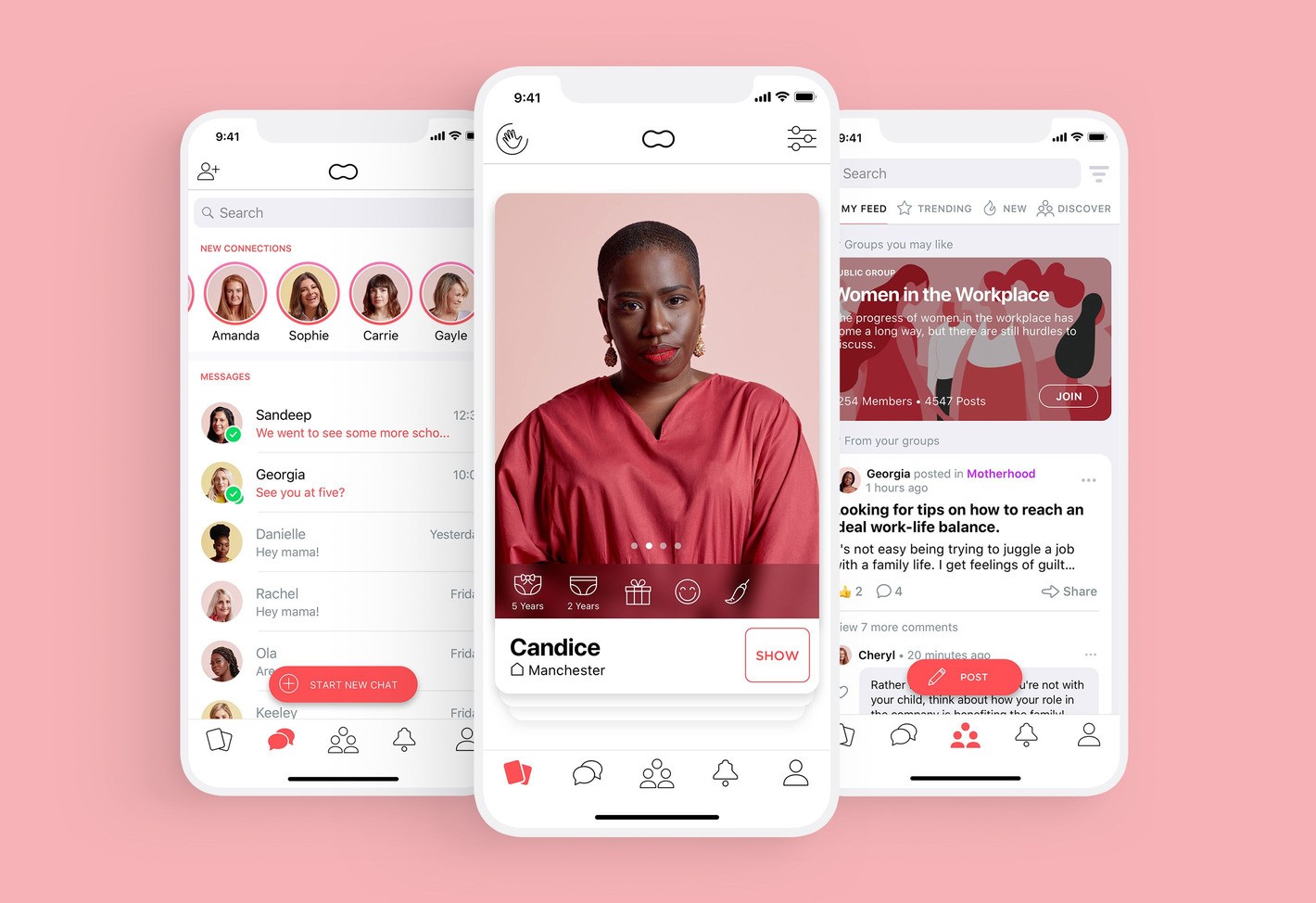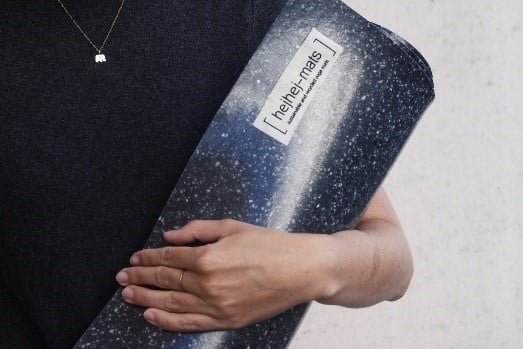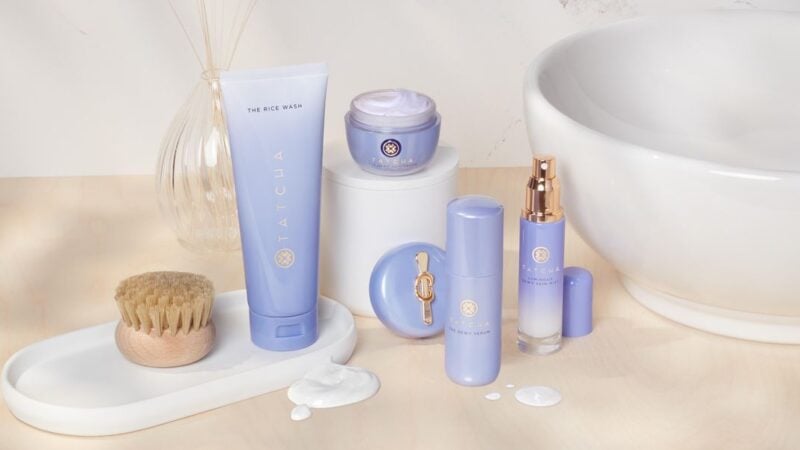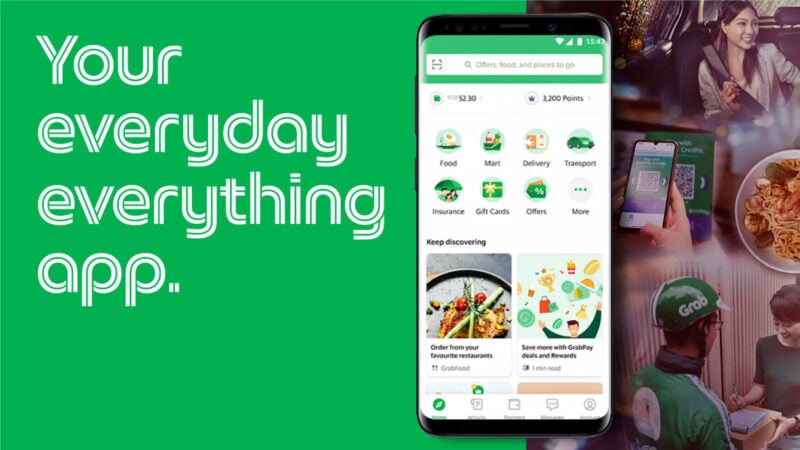Inclusive Connectivity
As isolation and loneliness have increased during the pandemic, ‘Inclusive Connectivity’ is more relevant than ever, displaying a global trend score of 72%. Technology is providing mechanisms to stay connected, yet in an online environment there also are safety and inclusivity challenges to address. Brands can play a role by creating safe and collaborative spaces that fuel a sense of belonging, even when physically apart. Having experienced remote education and social isolation during periods of lockdown measures, it’s not surprising that this trend is stronger among the younger audience, with a trend score of 78% for NextGen.
Whilst beauty, personal care, and pharma are the least notable sectors for this trend, there are still many examples of Inclusive Connectivity. Fitness brand Peloton, for instance, had community and connectivity at its core from the very beginning, as they focus on live-streaming and on-demand workouts. Another example in this area, focused on inclusivity, is PE with Joe. In response to the pandemic, Joe started to host workouts via YouTube, ensuring that exercising was free and accessible for all. On the second day of ‘PE with Joe’, he broke the world record for the largest streamed workout on YouTube with 995,000 participants.
In other areas of health and well-being, we also see brands tapping into ‘Inclusive Connectivity’. Peanut, for example, is a networking service for women to meet and find support. The app connects women that are at a similar stage in life – from fertility, pregnancy and motherhood through to menopause. Especially during the pandemic, with limited opportunities to meet in person, Peanut was particularly useful. The total community grew from 1 million users in December 2019 to 1.6 million in April 2020.
